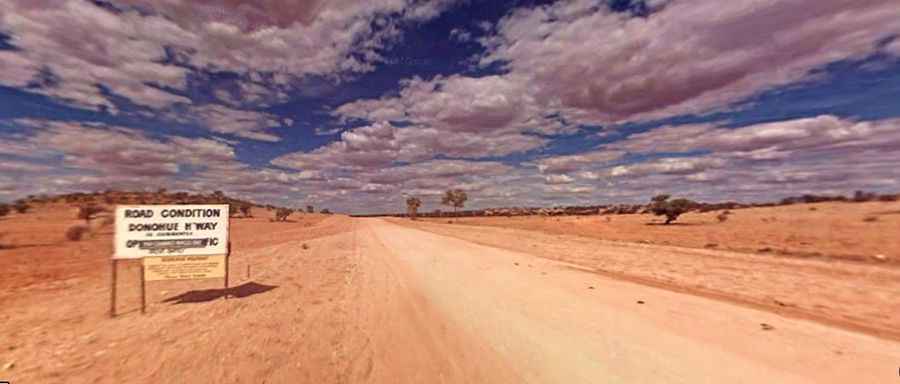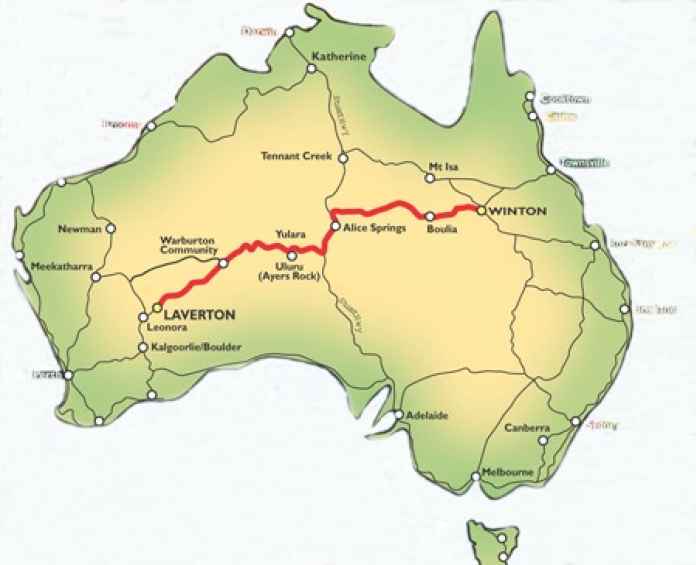Outback Highway is an adventure track you will never forget
Outback Highway (or Outback Way) is one of Australia’s great four-wheel-drive odysseys: an adventure track you will never forget. It’s said to be Australia's longest shortcut.

How long is the Outback Highway?
The epic drive is 2,800 km (1,740 mi), running from Laverton, Western Australia, to Winton, Queensland, via central Australia. The track cuts through the middle of Australia, traveling through three different states: Queensland, the Northern Territory, and Western Australia. Travelers can enjoy some of Australia’s most remote, interesting, and picturesque desert areas.
How much of the Outback highway is sealed?
The drive has around 1750 km of unsealed road that requires upgrading to an all-weather gravel surface. You will need a 4WD to complete this track as you mainly travel along unsealed roads, allowing you to see some of Australia’s untouched areas.
Is the Outback highway remote?
This journey passes through remote areas, so you need to be prepared. The Outback Way runs through remote regions with limited communications, repair services, and supplies. Travelers should be well-prepared. There is a maximum of 300 kilometers between food, fuel, and sleep stops.
How long does it take to drive the Outback highway?
The trip itself is home to an impressive collection of sites and places of interest for travelers, including iconic scenery such as Ayers Rock, the Olga’s, Peterman, and MacDonnell Ranges. To travel the entire Outback Way requires no less than 3 to 4 days of daytime travel (traveling at night is not recommended), although typically 6 to 7 days of daytime travel are required to stop and enjoy a majority of the highlights of central Australia. Seven interconnecting roads and highways make up the Outback Way route, including the Great Central Road, Gunbarrel Highway, Lasseter Highway, Stuart Highway, Plenty Highway, Donohue Highway and Kennedy Development Road.
When is the best time to drive the Outback highway?
Check weather forecasts before leaving home, and remember that along this trail you will pass through many different types of climates, landscapes, and Australian scenery from the tropical climate in Cairns through to the heart of Australia, Alice Springs, and then on to the outback desert in Western Australia. The best time to travel the Outback Way is during the cooler months: March to November. Extreme high temperatures or torrential rain during November to March can sometimes make traveling uncomfortable or roads impassable.
